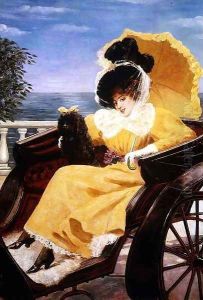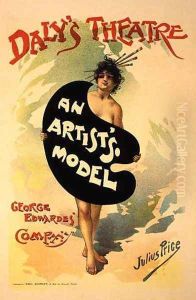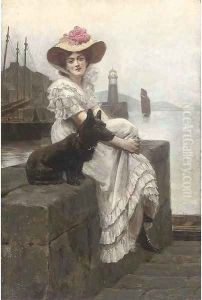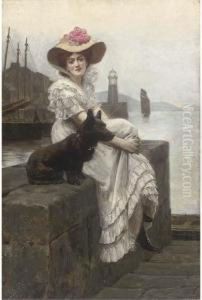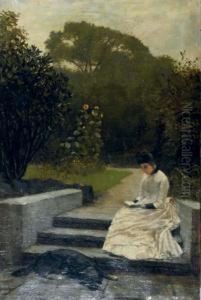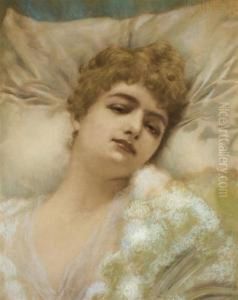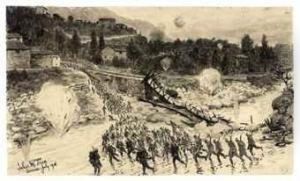Julius Mandes Price Paintings
Julius Mendes Price was an English artist, war correspondent, and explorer, whose life and work spanned the late 19th and early 20th centuries. Born in London, England, Price was not only a prolific painter but also a journalist known for his adventurous spirit and his ability to capture both the beauty and the hardships of his experiences in his art and writings. His upbringing and education contributed significantly to his development as an artist and writer, though specific details about his early life are less well-documented compared to his professional career.
Price's career took a significant turn when he became involved in war correspondence. He reported on various significant conflicts of his time, including the Russo-Japanese War in 1904-1905. His work as a correspondent was notable for the vividness of his reporting, often complementing his written accounts with his sketches and paintings, which brought the realities of war to the readers back home. This unique blend of journalism and artistry made his work particularly engaging and provided a visual dimension to war reporting that was relatively uncommon at the time.
In addition to his war correspondence, Price was an explorer who participated in expeditions to the Arctic. His adventures were not only feats of personal courage and curiosity but also contributed to the period's understanding of the Arctic regions. His artistic talents shone through in this aspect of his career as well, as he produced a number of works depicting the harsh, yet mesmerizing landscapes of the Arctic and its inhabitants. These pieces were among the first to introduce the broader public to the visual splendor and environmental challenges of the far north.
Throughout his life, Julius Mendes Price was a member of various artistic societies and received several accolades for his work. His contributions to both art and journalism were recognized in his time, and his legacy is one of adventurous spirit and a relentless pursuit of capturing the essence of his experiences, whether on the battlefield, in uncharted territories, or in capturing the scenes of daily life. He passed away in 1924, leaving behind a body of work that continues to be of interest to historians, art enthusiasts, and those fascinated by the early days of war correspondence and exploration.
